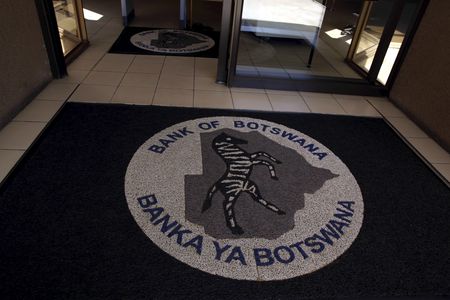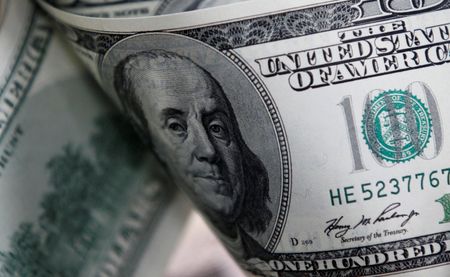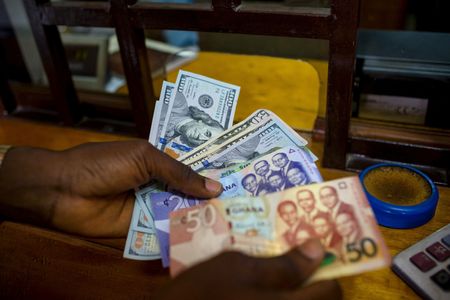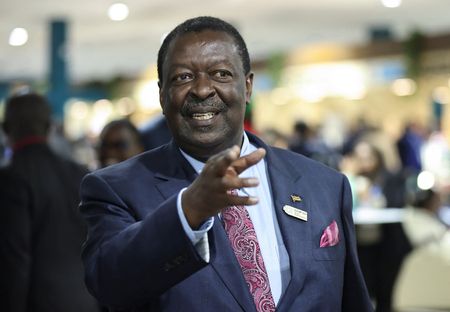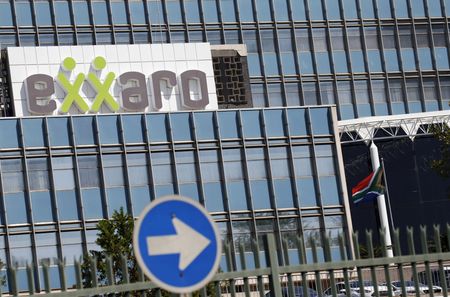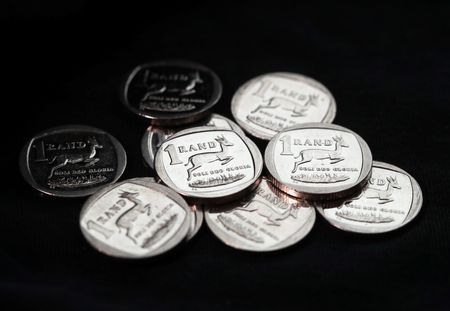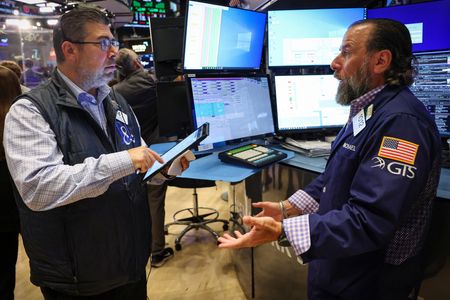GABORONE (Reuters) -Botswana’s central bank left its monetary policy rate unchanged at 1.90% on Thursday, its six consecutive meeting without adjustments, citing upside risks to the inflation outlook in a struggling domestic economy.
Inflation in the Southern African nation stood at 1.1%, below the central bank’s target range of 3%-6%.
The Bank of Botswana revised its inflation outlook upward, projecting an average rate of 3.5% for 2025 and 5.9% for 2026, compared to 2.7% and 4.6%, respectively, in its June forecast.
The central bank widened the trading margin for the pula in July, sparking significant exchange rate adjustments by commercial banks for foreign currency transactions.
“Risks to the inflation outlook are assessed to be tilted to the upside. This is primarily due to market reaction following the recent widening of trading margins of the pula, which led to an increase in prices of some goods and services,” Governor Cornelius Dekop said.
To enhance economic competitiveness, Botswana’s government announced last month that it would allow its currency to depreciate by 2.76% over the next year, accelerating the pace from the previously announced 1.51% in December.
Authorities aim to make local goods and services more competitive, reduce demand for foreign exchange, and safeguard foreign currency reserves.
Another review of the pula’s exchange rate policy is slated for the end of the year.
Dekop also said that there was scope for monetary policy to remain accommodative to support economic recovery and cushion the economy against the negative spillovers from the subdued global economic activity.
Botswana has long been seen as one of Africa’s economic success stories. But that has been tested by the diamond market downturn, which caused gross domestic product to contract 3% last year and could trigger another contraction this year.
(Reporting by Brian Benza;Additional reporting by Anathi Madubela;Writing by Sfundo Parakozov;Editing by Olivia Kumwenda-Mtambo and Ros Russell)

